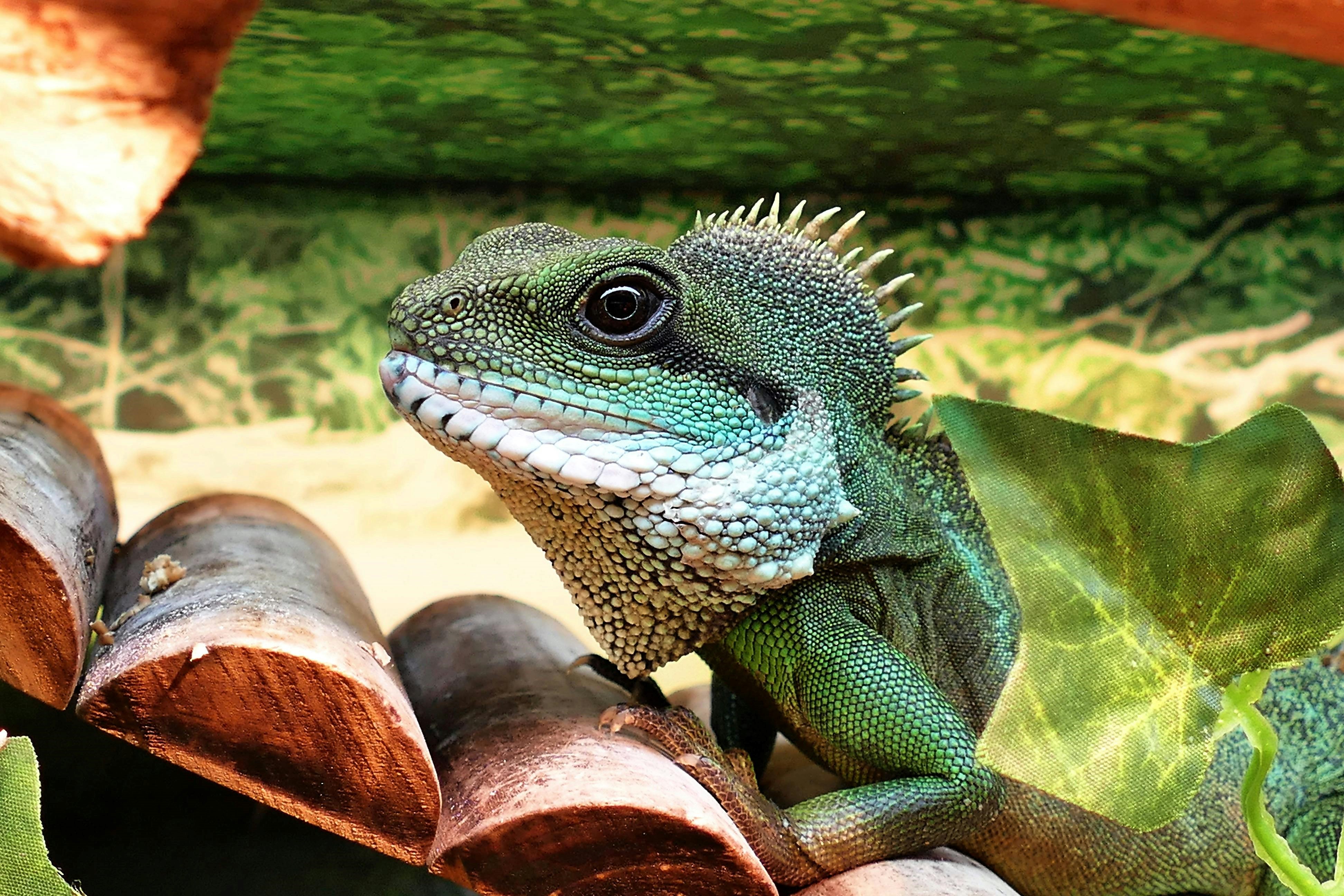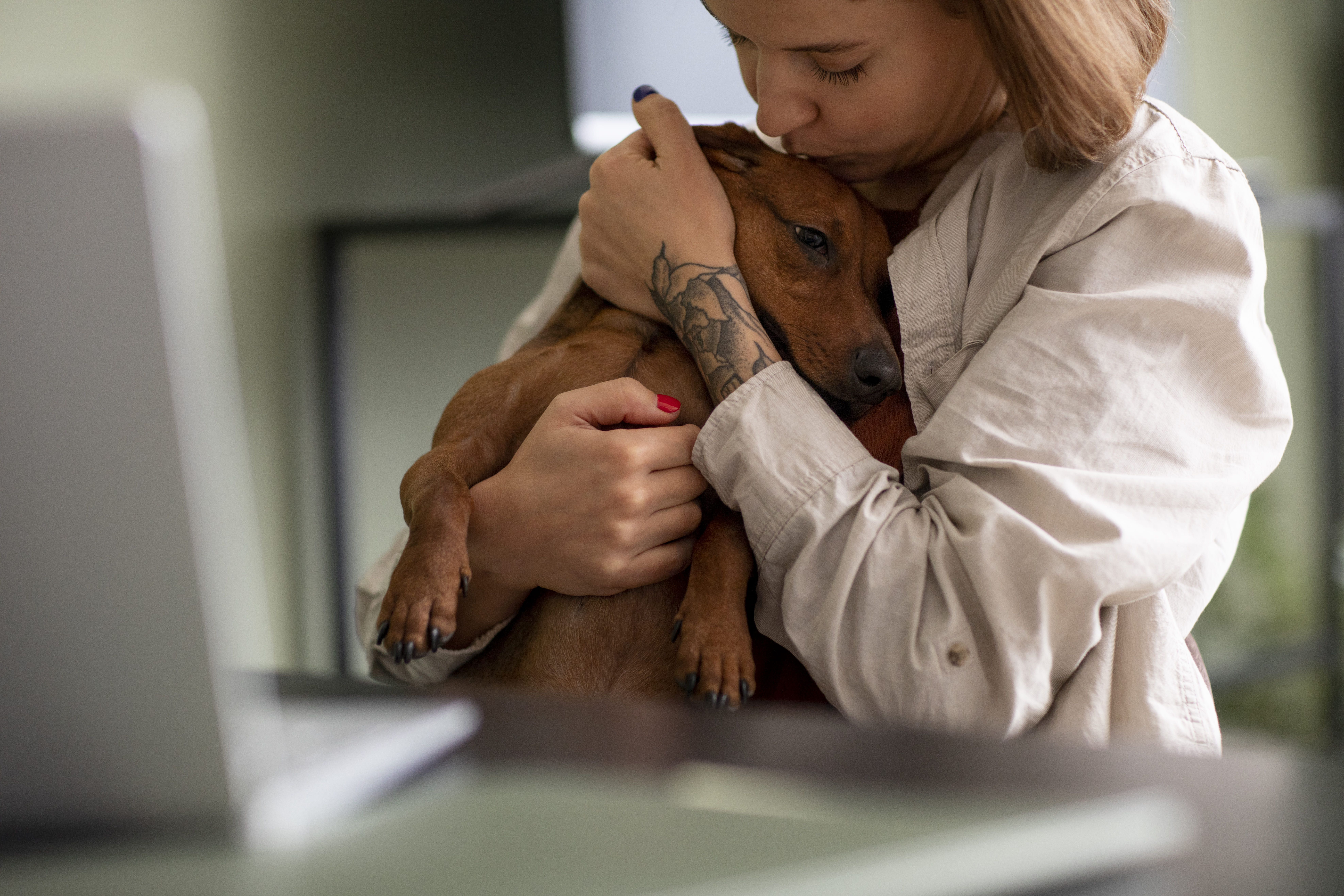As our beloved canine companions age, they may experience changes in their health, including issues with Urinary Incontinence.
In this blog post, we’ll delve into the causes, symptoms, diagnosis, and treatment options for urinary incontinence in older dogs. Whether you’re a seasoned pet owner or new to caring for an aging dog, this resource will provide valuable insights and practical tips to ensure your furry friend’s comfort and well-being.
Join us as we explore how to navigate this common yet often misunderstood condition with care and compassion.
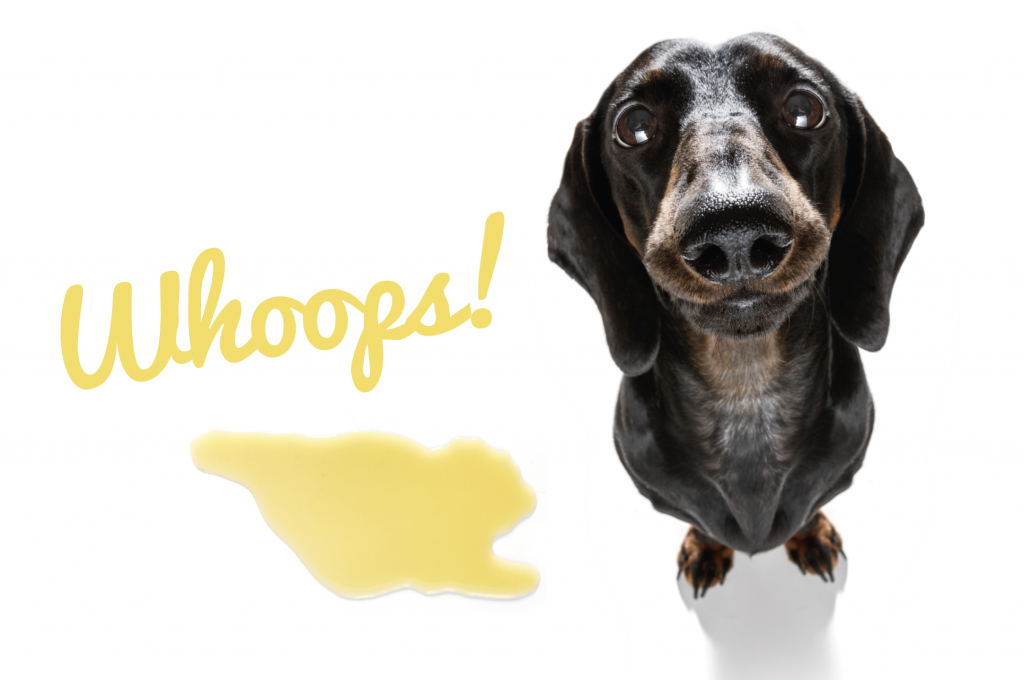
Table of Contents
1. Understanding Urinary Incontinence in Older Dogs:
Understanding urinary incontinence in older dogs begins with delving into the physiological changes that accompany aging. As dogs grow older, their bladder muscles may weaken, leading to decreased control over urination. Additionally, hormonal imbalances and neurological issues can contribute to this condition.
By researching these changes, pet owners can gain a deeper understanding of why urinary incontinence occurs in senior dogs and how it manifests. Moreover, it’s crucial to investigate the emotional impact of urinary incontinence on pet owners. Dealing with a beloved companion’s loss of bladder control can be challenging and distressing.
Pet owners may experience feelings of frustration, guilt, or helplessness as they navigate this aspect of their dog’s aging process. Understanding these emotional challenges is essential for providing support and guidance to pet owners experiencing urinary incontinence in their senior dogs.
Above all, highlighting the importance of pet comfort and dignity in managing urinary incontinence is paramount. Dogs, like humans, deserve to maintain their dignity and comfort, even when facing health challenges. Implementing strategies to manage incontinence should prioritize the well-being and happiness of the dog.
This includes using absorbent pads or diapers, providing frequent bathroom breaks, and ensuring a clean living environment. By prioritizing pet comfort and dignity, pet owners can help their senior dogs maintain a sense of normalcy and quality of life despite urinary incontinence.
2. Causes of Urinary Incontinence in Aging Canines:
Understanding the causes of urinary incontinence in aging canines requires a thorough examination of various contributing factors. Hormonal imbalances, such as reduced estrogen levels in spayed female dogs, can weaken the muscles of the bladder and urethra, leading to urinary leakage.
Neurological disorders, such as spinal cord injuries or degenerative diseases, can disrupt the communication between the brain and the bladder, resulting in loss of control over urination. By providing detailed explanations of these potential causes, pet owners can better grasp the complexity of urinary incontinence in senior dogs and tailor their approach to management accordingly.
Furthermore, offering statistics or case studies can help illustrate the prevalence of these factors in older dogs. For instance, studies have shown that up to 20% of senior dogs may experience urinary incontinence, with spayed female dogs being at a higher risk due to hormonal changes.
Case studies highlighting real-life examples of senior dogs affected by hormonal imbalances or neurological disorders can provide valuable insights into the challenges faced by pet owners and the importance of early intervention and proper management strategies.
By understanding the prevalence of these factors, pet owners can recognize the importance of proactive care and seek timely veterinary assistance for their aging canine companions.
3. Symptoms of Urinary Incontinence in Senior Dogs:
Symptoms of urinary incontinence in senior dogs manifest in various ways, often indicating underlying health issues.
Firstly, frequent dribbling or leakage of urine, especially when the dog is resting or sleeping, is a common sign. This can result in damp fur around the hind legs or bedding.
Secondly, increased frequency of urination, accompanied by accidents indoors, may indicate urinary incontinence. Senior dogs may struggle to hold their urine for extended periods, leading to accidents despite previous house training.
Additionally, recurrent urinary tract infections or irritation around the genital area can suggest urinary incontinence, prompting excessive licking or discomfort.
Lastly, noticeable changes in drinking habits or excessive water consumption might signal an underlying urinary issue.
These symptoms collectively require veterinary evaluation to determine the cause and appropriate treatment for the senior dog’s urinary incontinence.
4. Diagnosis and Treatment Options:
Diagnosis:
Diagnosing urinary incontinence in dogs typically involves a thorough veterinary examination, including a review of the dog’s medical history, physical examination, and diagnostic tests. Veterinarians may perform urine tests, such as urinalysis and urine culture, to assess for signs of infection or other urinary tract abnormalities.
Additionally, imaging studies like ultrasound may be utilized to evaluate the urinary system for structural abnormalities or signs of bladder stones. Observation of clinical symptoms, such as frequent urination or leakage, aids in determining the extent and nature of the condition.
A comprehensive diagnosis is crucial for identifying the underlying cause of urinary incontinence, whether it’s related to age-related changes, hormonal imbalances, or other medical conditions.
Treatment Options:
Treatment for urinary incontinence in senior dogs depends on the underlying cause and severity of the condition. In cases where urinary incontinence is due to age-related changes or hormonal imbalances, medications like phenylpropanolamine or hormone replacement therapy may be prescribed to improve bladder control.
Behavioral modifications, such as scheduled bathroom breaks and environmental management, can also help manage urinary incontinence. For more complex cases or underlying medical conditions, surgical interventions may be necessary to address structural abnormalities or urinary tract issues.
Additionally, supportive measures like dietary changes and supplements may complement treatment efforts to improve overall urinary health. Regular follow-up appointments with the veterinarian are essential to monitor treatment progress and adjust management strategies as needed.
5. Management Strategies for Senior Dog Incontinence:
Prevent Urine Scald:
Urine scald is a common issue for incontinent dogs, especially seniors, due to prolonged exposure to urine. To prevent this, it’s essential to keep the affected areas clean and dry.
Regularly bathing and grooming your dog, especially around the genital and hindquarters, can help prevent skin irritation and discomfort caused by urine scald.
Additionally, using pet-safe cleansing wipes or medicated sprays can aid in maintaining hygiene and preventing skin infections
Consider Dog Diapers:
Dog diapers are a practical solution to manage urinary incontinence in senior dogs. These specially designed diapers are comfortable, absorbent, and help contain urine leakage, minimizing mess and discomfort for both the dog and the owner.
Dog diapers come in various sizes and styles, including disposable and washable options, allowing pet owners to choose the most suitable option based on their dog’s needs and preferences.
When using diapers, it’s essential to change them regularly to maintain cleanliness and prevent skin irritation.
Place Waterproof Covers Over Bedding:
Waterproof covers are invaluable for protecting bedding and furniture from urine accidents. Placing waterproof covers on your dog’s bedding and any furniture they frequently rest on helps maintain cleanliness and hygiene in the home environment.
These covers are easy to clean and reusable, providing a convenient solution for managing urinary incontinence in senior dogs while minimizing the need for extensive cleaning and replacement of furniture.
Take Your Dog Out Frequently:
Senior dogs with urinary incontinence may benefit from more frequent bathroom breaks to minimize accidents indoors. Establishing a consistent schedule for taking your dog outside to urinate allows them to empty their bladder regularly, reducing the likelihood of accidents indoors.
Additionally, providing ample opportunities for your dog to relieve themselves outside can help prevent discomfort and frustration associated with holding urine for extended periods.
6. Natural Remedies and Lifestyle Adjustments:
Incorporate Herbal Supplements:
Herbal supplements such as cranberry extract and dandelion may aid in supporting urinary health in dogs. Cranberry extract is known for its potential to prevent urinary tract infections by inhibiting bacteria from adhering to the bladder walls.
Dandelion, on the other hand, acts as a natural diuretic, promoting urine production and potentially flushing out toxins from the urinary system. These herbal remedies, when used under veterinary supervision, can complement traditional treatments for urinary issues in dogs.
Ensure Adequate Hydration:
Maintaining proper hydration is crucial for urinary health in dogs. Providing access to clean, fresh water throughout the day encourages regular urination, which helps prevent urinary tract infections and supports bladder function.
Additionally, incorporating moisture-rich foods such as canned dog food or adding water to dry kibble can increase overall fluid intake and promote urinary tract health. Adequate hydration also helps dilute urine, reducing the risk of bladder irritation and the formation of urinary crystals or stones.
Implement Regular Exercise:
Regular physical activity is essential for maintaining overall health and promoting proper bladder function in dogs. Exercise helps stimulate blood flow to the urinary system, which can aid in the elimination of toxins and support healthy bladder muscle tone.
Engaging in daily walks, play sessions, or other forms of exercise tailored to your dog’s age and fitness level can contribute to urinary health and may help alleviate symptoms of urinary incontinence by promoting regular bathroom.
Adjust Diet Appropriately:
Diet plays a significant role in urinary health, and adjusting your dog’s diet can help manage urinary incontinence. Opting for high-quality, balanced dog food formulated to support urinary health, such as those containing moderate protein levels and controlled mineral content, can be beneficial.
Additionally, feeding smaller, more frequent meals throughout the day can help regulate your dog’s bathroom habits and minimize accidents. Consulting with a veterinarian or veterinary nutritionist can provide valuable guidance on selecting the most suitable diet for your dog’s specific needs.
7. When to Consult a Veterinarian:
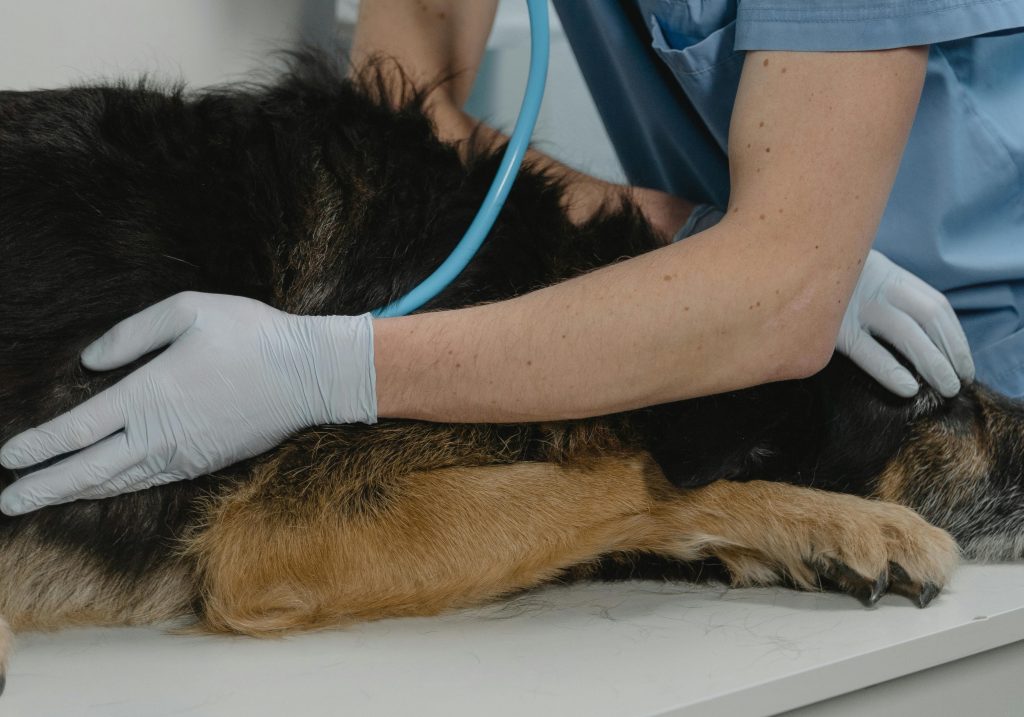
Changes in Urination Patterns:
If you notice any changes in your senior dog’s urination habits, such as increased frequency, difficulty urinating, or accidents indoors, it’s crucial to consult a veterinarian.
These changes could be indicative of urinary incontinence or underlying health issues that require prompt evaluation and treatment.
Blood in Urine:
The presence of blood in your senior dog’s urine, known as hematuria, is a concerning sign that warrants veterinary attention. Hematuria can indicate various conditions, including urinary tract infections, bladder stones, or even cancer, requiring thorough examination and diagnosis by a veterinarian.
Behavioral Changes:
Senior dogs experiencing urinary incontinence may exhibit behavioral changes such as increased agitation, discomfort, or reluctance to move. Consulting a veterinarian is essential to assess these behavioral alterations and determine whether they are related to urinary incontinence or other underlying medical issues.
Accompanying Symptoms:
If your senior dog displays additional symptoms alongside urinary incontinence, such as lethargy, vomiting, or weight loss, it’s imperative to seek veterinary advice. These accompanying symptoms could indicate systemic health problems that necessitate comprehensive evaluation and management by a veterinarian.
Persistent Issues:
If urinary incontinence in your senior dog persists despite attempts to address it with lifestyle changes or home remedies, consulting a veterinarian is essential. A veterinarian can conduct a thorough examination, recommend appropriate diagnostic tests, and devise a tailored treatment plan to address your dog’s specific needs and improve their quality of life.
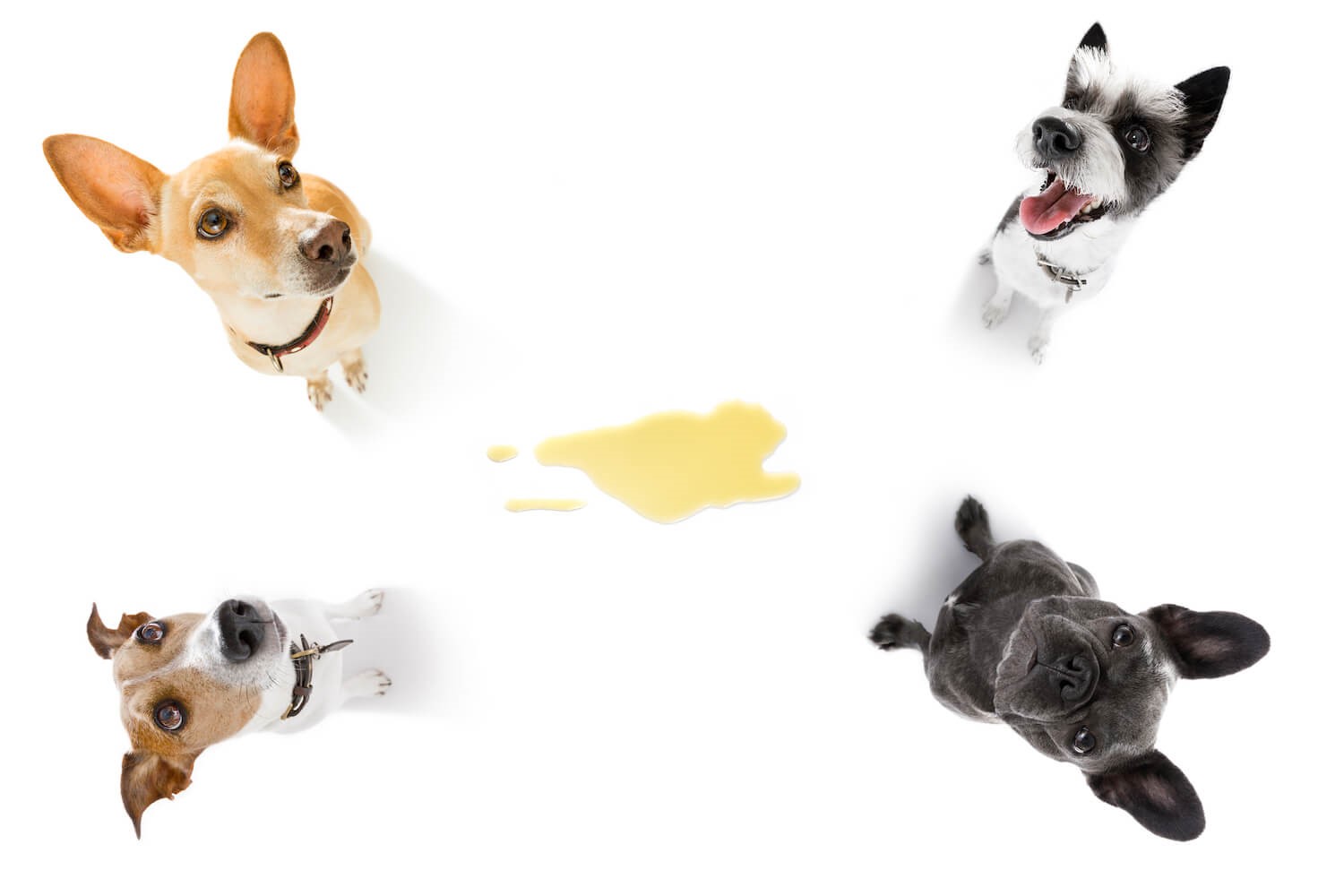
Navigating urinary incontinence in older dogs requires patience, understanding, and proactive management. By recognizing the signs, understanding the underlying causes, and implementing appropriate treatment and lifestyle adjustments, pet owners can greatly improve their senior dog’s quality of life.
Remember, while home care and natural remedies can be beneficial, consulting a veterinarian is essential for proper diagnosis and personalized treatment plans. With the right support and guidance, you can help your aging canine companion stay comfortable, happy, and healthy for years to come.





